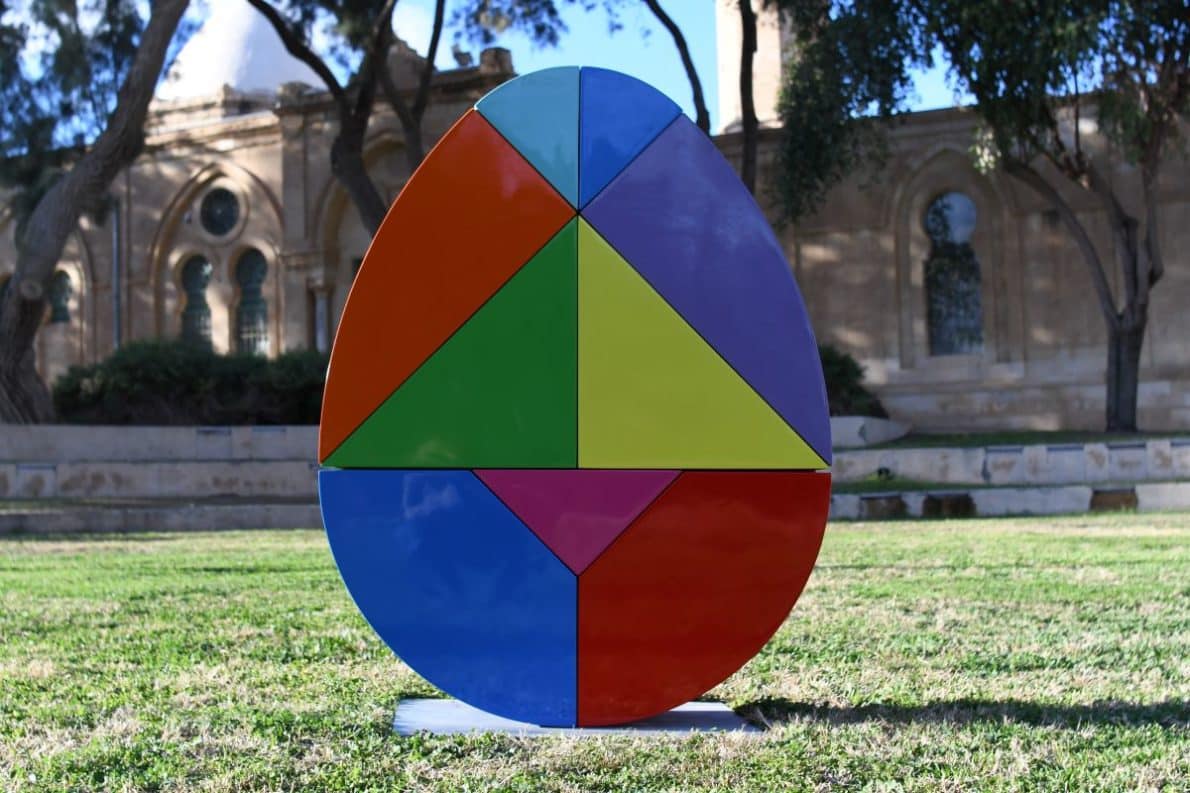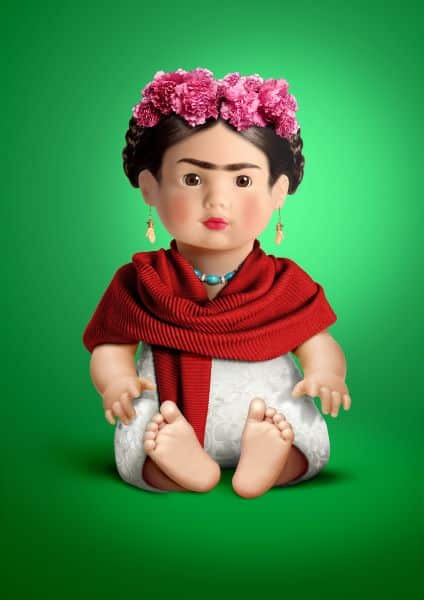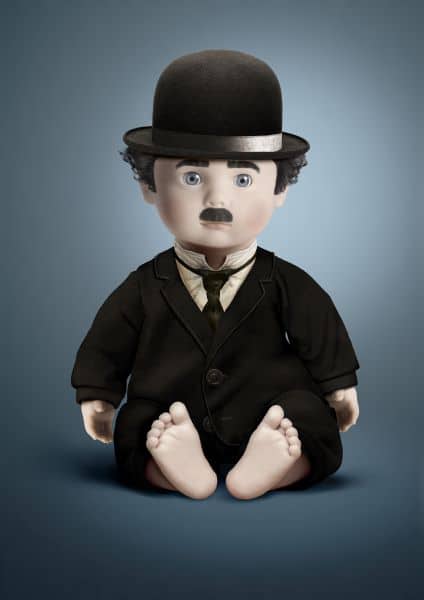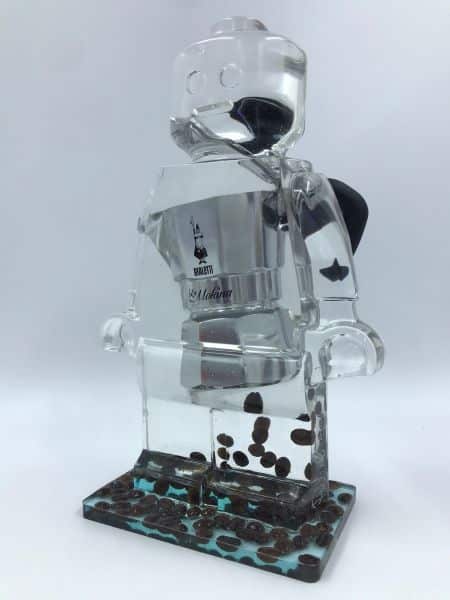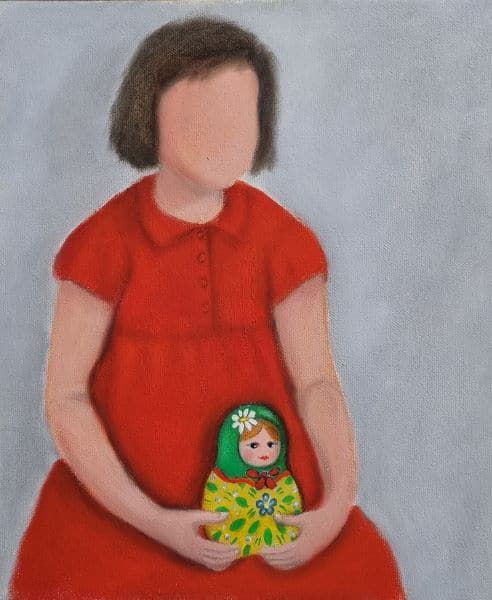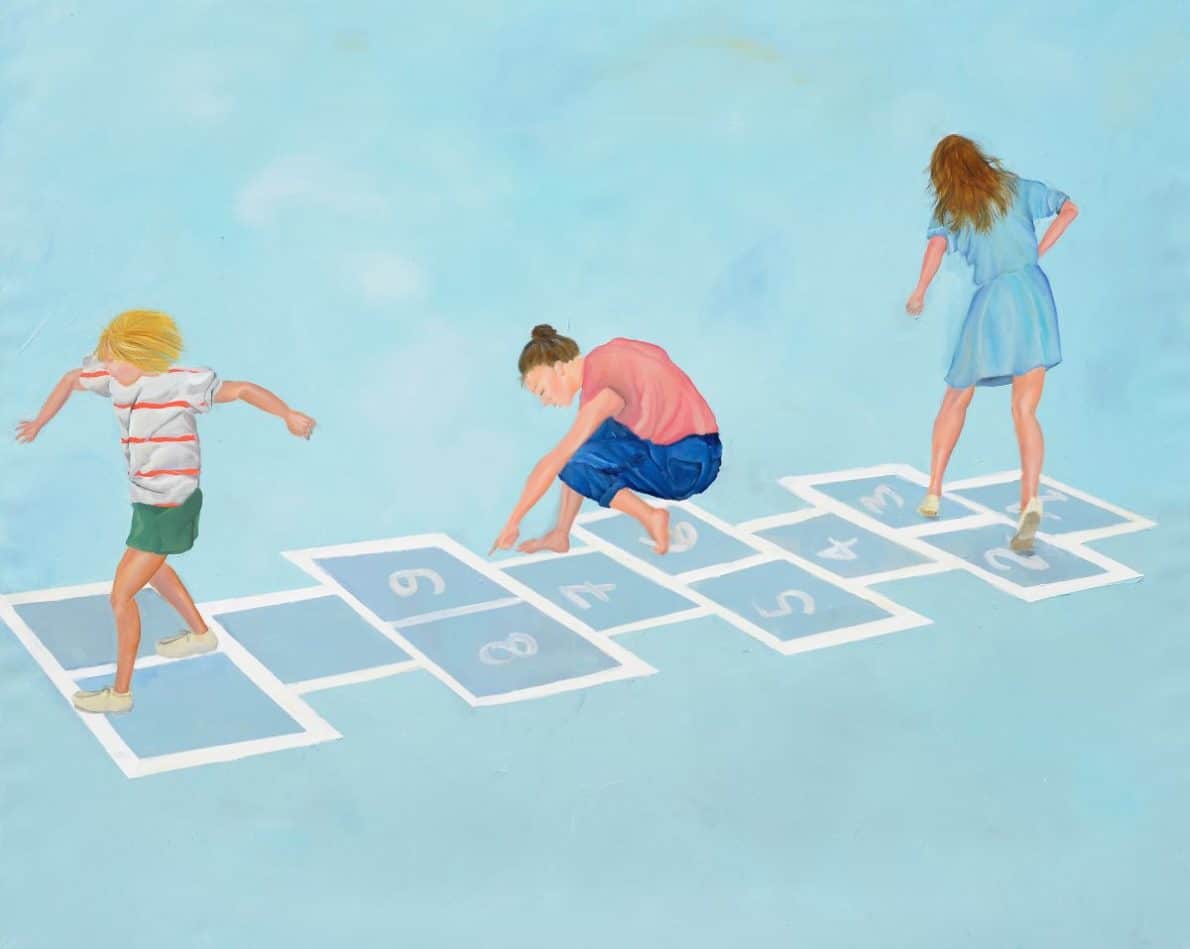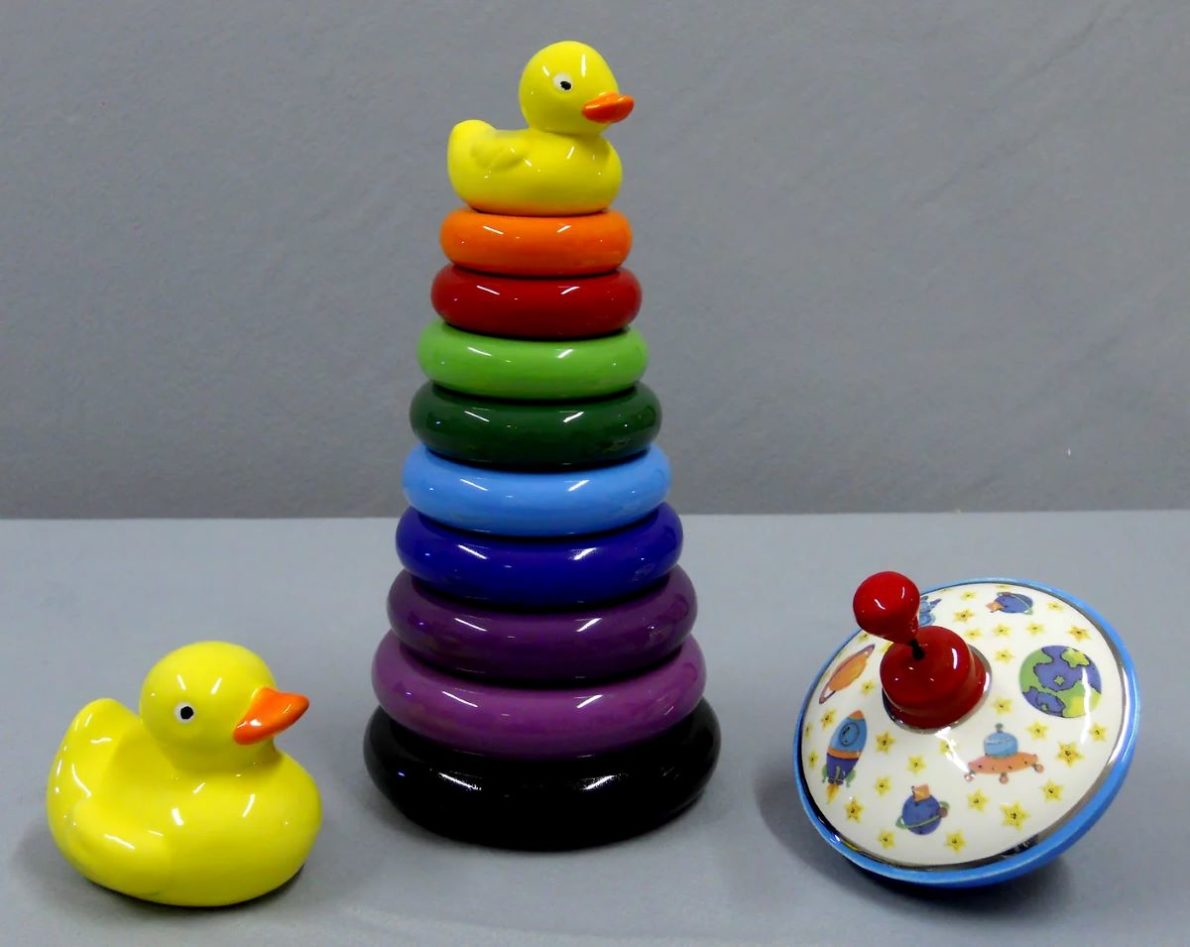Dolls, toy cars, Lego pieces, stuffed animals, or plastic play figures are part of the images in the exhibition. Bim-Bam-Bum brings together toys, games, and art, enticing the viewer to progress from the world of childhood to the broad cultural meanings enfolded into the artworks.
Toys have always been a part of culture; already in ancient Egypt, Greece, and Rome, children played with
dolls made of ivory, clay, or cloth, as well as leather balls and jacks. The toys tell the story of our society
through a wide prism, and the representation of ideas and characters varies according to their social standing.
The exhibition at the Negev Museum of Art looks at notions such as “childhood”, “play”, “innocence”, and
“memory”, and explores the way in which they are reflected in artworks.
Many artists use images of play in their works to preserve memory. In the works of Daniella Melller and
Ruth Orenbach, the artists have chosen to perpetuate a childhood memory through the image of a doll, but
while Meller fixes a tangible memory of her cousin, Yael, playing with a doll, Orenbach, in “Longing”, does
the same with a fleeting memory in the form of a faceless girl sitting on a chair, with no background. The
two artists raise questions about what is a childhood memory: are our childhood memories just mundane
scenes of daily life, or yearnings for some forgotten thing, vague and faceless?
The image of the doll features also in the works of Dito von Tease. In the series “iDollz”, he presents cultural
heroes as dolls. This series links us to current pop culture, where every culture hero has his or her own figurine.
However, while in popular culture the character is presented as an adult, as we know it, here Dito von Tease
has opted to represent his protagonists as children, adding fun and hilarity to his serious characters.
The fun that defines most of the games is also characteristic of many works in the exhibition. Arieh Berkovitch,
for instance, has amusingly chosen to depict himself as a toy lion (alluding to the meaning of his name in
Hebrew) attached to a blue brush (hinting at his profession). Fun is also evident in the works of Fosca Boggi,
who uses ceramics to create images of childhood games. The physical matter of the work contradicts the
image. The ring toy, intended for babies, and should be sturdy enough for their unpracticed hands, seems
fragile and delicate here.
Many games and artworks invite reflection on gender and play. Box games from the 1960s are clearly gender
specific. One game for boys is a neat toolbox, sporting an image of a boy playing with the tools on its cover.
Next to it is a game with kitchen utensils for making lemonade, intended for girls, and of course there’s a
picture of a girl on the box’s cover.
A special place in the exhibition is dedicated to the culture heroes Micky Mouse and Pinocchio, who have
long stirred the imaginations of children and adults, as had many artists who had affected various aspects
of popular culture. Pinocchio, a fictional character invented by the Italian writer Carlo Collodi (Lorenzini),
is a wooden puppet created by Geppetto, an old, lonely carpenter. The puppet, created as an amusement
for Geppetto, quickly became a culture hero in Italy and beyond.
The space on the ground floor encourages interaction between toys and viewers. In this section of the
exhibition, the viewer may experience the art and the toys, as exemplified in Vered Aharonovitch’s work,
which invites the viewer to play with a sculpture of a girl and with marbles, or a large-scale game of “pixel
art”, Donated to the Museum by the Italian Company “Quercetti”, with thousands of plastic pegs. The
viewer is encouraged to fill in parts of the picture or to completely expose it.
Let’s play!
Ermanno Tedeschi and Nirit Dahan
Be'er Sheva Municipality
Kivunim
Ministry of Culture and Sport
The Italian Institute of Culture, Tel Aviv
"Querchtti", Italy
"Inbar Toys", Israel


